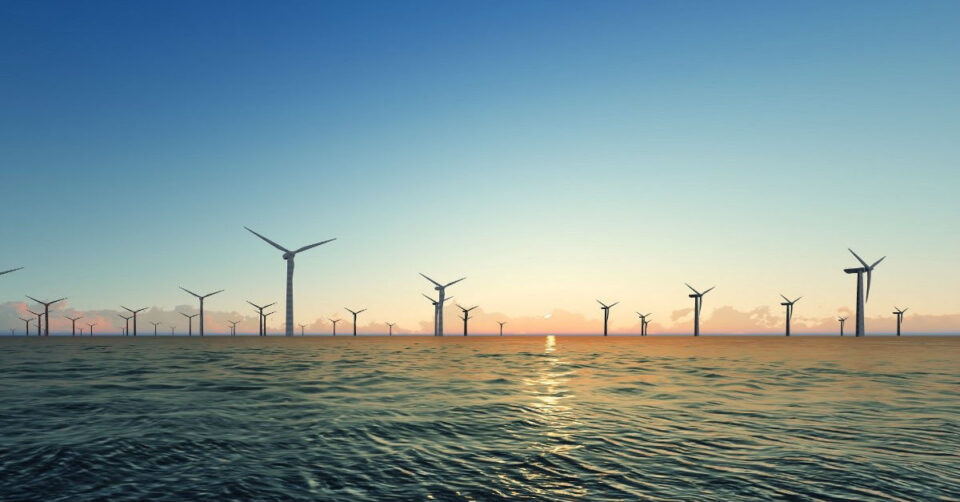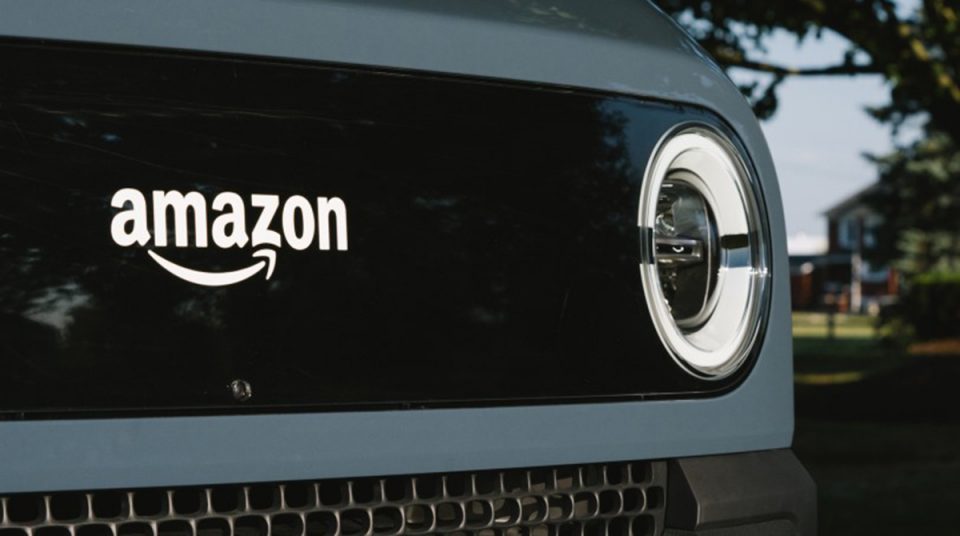Amazon has entered into an agreement to purchase half of the energy output from an offshore windfarm located in Netherlands. The online retail giant is planning to run its European operations from this power source.
The windfarm will be built by Shell and Dutch based Eneco, but an entity named CrossWind Consortium has been formed by the two energy companies to run the offshore farm.
The farm will be located in the North Sea, which is about 18.5 km off the Dutch coast. Total output is 759 MW, which means Amazon is getting 380 MW.

The farm, which is being referred to as the Amazon-Shell HKN Offshore Wind Project, is set to begin operation by 2023. It will be Amazon’s largest renewable energy project ever. The company already has 187 solar and wind installations, of which 125 are rooftop installations on their warehouses (called fulfillment centers). The largest of the rooftop installations is in the UK, on a facility that is equivalent to 28 soccer fields and can power 700 homes for one year.
The offshore project is going to be using 69 wind turbines supplied by Siemens Gamesa, fitted with rotors 200 m in diameter. Each turbine will generate 11 MW of electricity.
In December, Amazon announced it would add 26 wind and solar projects to its energy mix, with 3.4 gigawatts total capacity.

The company has reported that its total energy obtained from renewable sources now stands at 6.9 gigawatts, making it the largest buyer of renewable energy in the corporate world in its quest to reduce its carbon footprint.
Amazon is target operating 100% on renewable energy before 2025, which is 5 years earlier than it had planned. Their 2040 net-zero carbon is still in place and will be helped by this new venture.
Shell has also shown its own commitments to going green by giving up hydrocarbon related assets worth more than $22 billion. The company hopes to achieve carbon net zero by 2050.
Written by D.O. for www.ShargeMe.blog